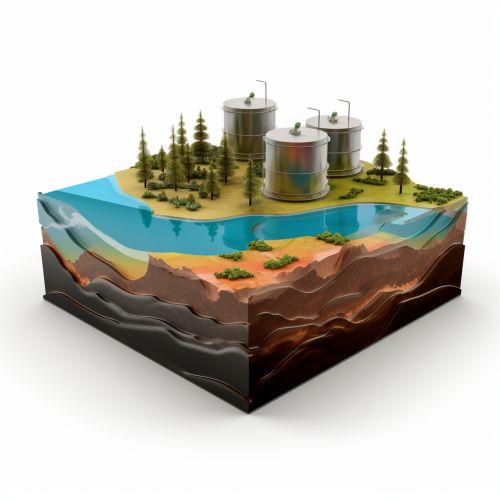Georges Matheron
Early Life and Education
Georges Matheron was born on December 2, 1930, in Roanne, a commune in the Loire department in central France. He attended the prestigious Polytechnic School in Paris, where he studied mathematics and physics. After graduation, he continued his studies at the Paris School of Mines, one of the oldest French higher education institutions in engineering.

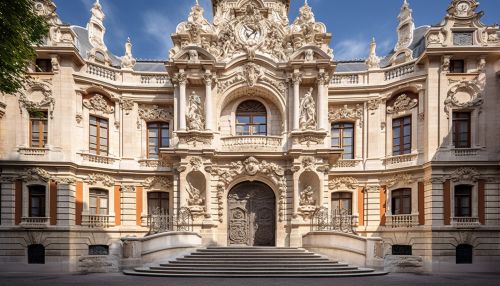
Career
In 1954, Matheron began his career as a mining engineer in the French colony of West Africa, where he was tasked with evaluating mineral resources. It was during this time that he developed the principles of geostatistics, a branch of statistics focused on spatial or spatiotemporal datasets.
In 1965, he founded the Centre de Morphologie Mathématique (Center for Mathematical Morphology) at the Paris School of Mines, which became a leading international research center in the field of mathematical morphology.
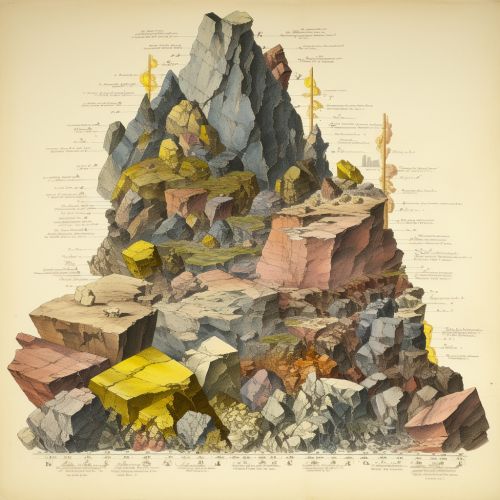
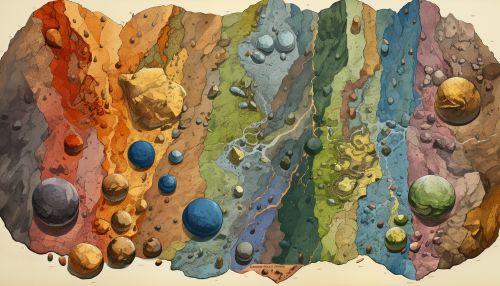
Geostatistics
Matheron is widely recognized as the founder of the field of geostatistics. He developed the theory of regionalized variables and introduced the concept of kriging, a method of interpolation for spatial data. His work has had a profound impact on a wide range of fields, from mining and petroleum engineering to environmental science and public health.

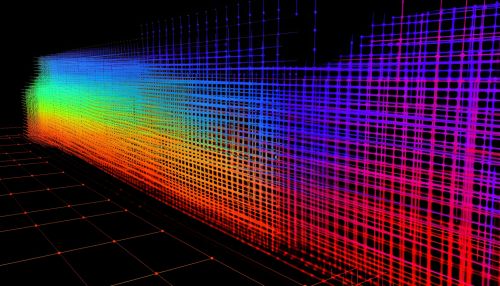
Mathematical Morphology
In addition to his work in geostatistics, Matheron made significant contributions to the field of mathematical morphology. He developed a theoretical framework for the analysis of spatial structures, which has been widely applied in image processing and computer vision.


Legacy
Matheron's pioneering work in geostatistics and mathematical morphology has had a lasting impact on numerous fields. His methods are widely used in the mining and oil industries for resource estimation and reservoir modeling. In addition, his work in mathematical morphology has found applications in a wide range of areas, from image analysis and computer vision to materials science and nanotechnology.
